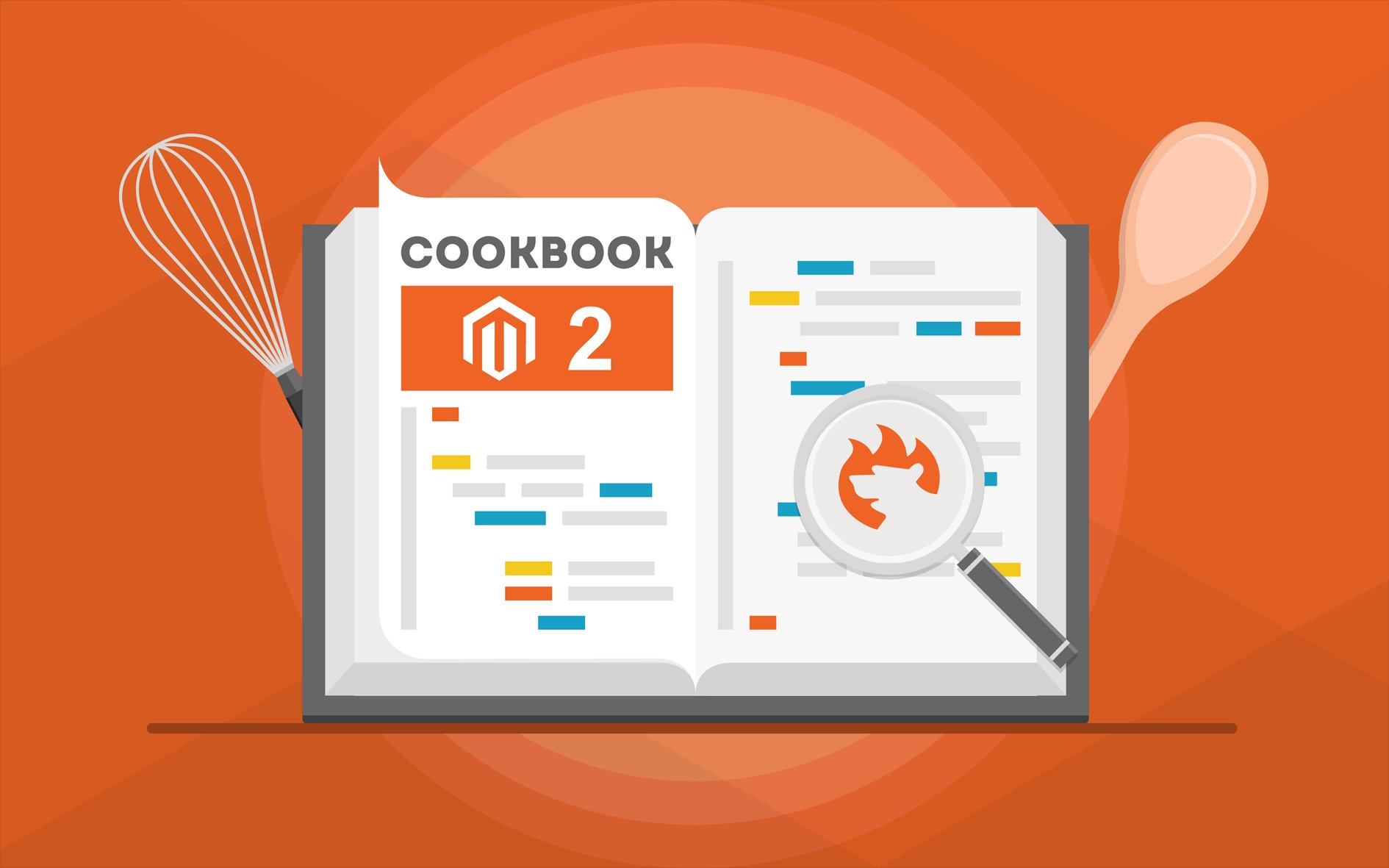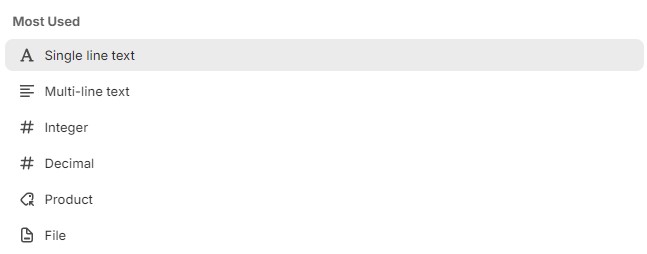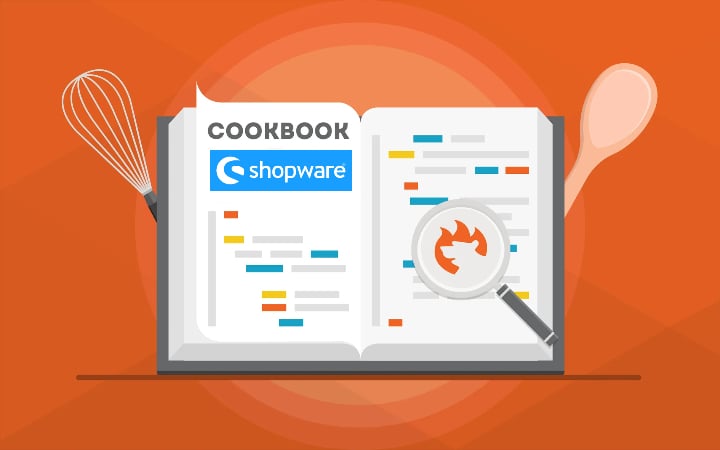How to import XML to Magento 2: Products, Orders, Customers & Other Entities (+ Export Tutorial)

We all know that Magento 2 supports CSV import/export by default, but what if you need to transfer data via XML files? Although the default Magento 2 data import capabilities are enough to satisfy only basic data transfer demands, the Magento XML product import becomes questionable. However, there is still an opportunity to achieve this goal.
Since the system supports only the CSV standard, you need to convert your XML files to the supported file type. If you don’t want to do that, meet the Improved Import & Export Magento 2 extension. This module offers a more user-friendly way for Magento 2 to import products from the XML feed. With its help, you can move all the necessary information to your e-commerce store without converting the update to CSV.
In the article below, we describe how to import XML files using the default Magento 2 tools. Besides, you will find a step-by-step guide to Magento 2 XML import.
Although this article focusses on import, you will also learn how to establish the Magento export of products via XML. Since our extension supports all Magento 2 entities, it enables the Magento XML order export as well. See the general guidance below. Other useful tips for Magento 2 users are gathered in our Magento 2 Developer’s Cookbook.
Continue Reading







